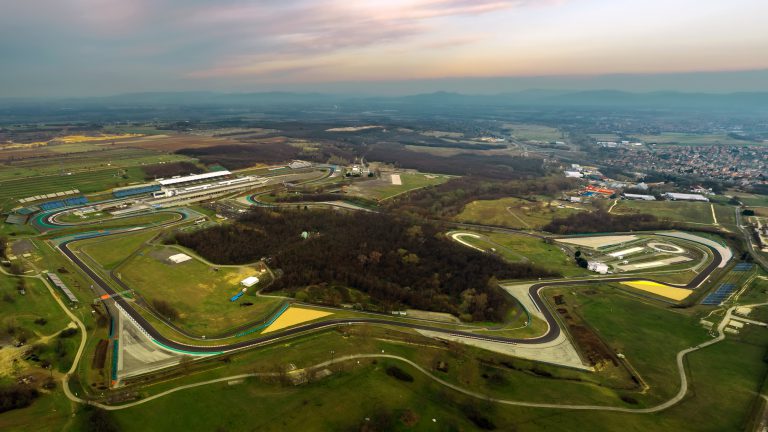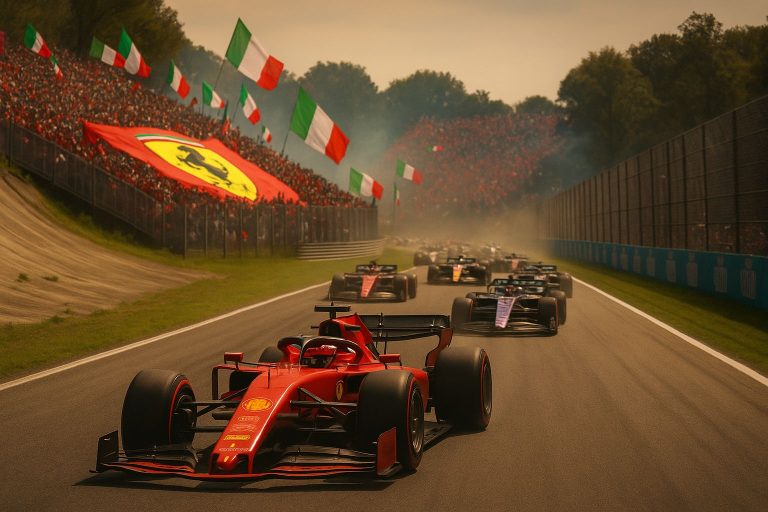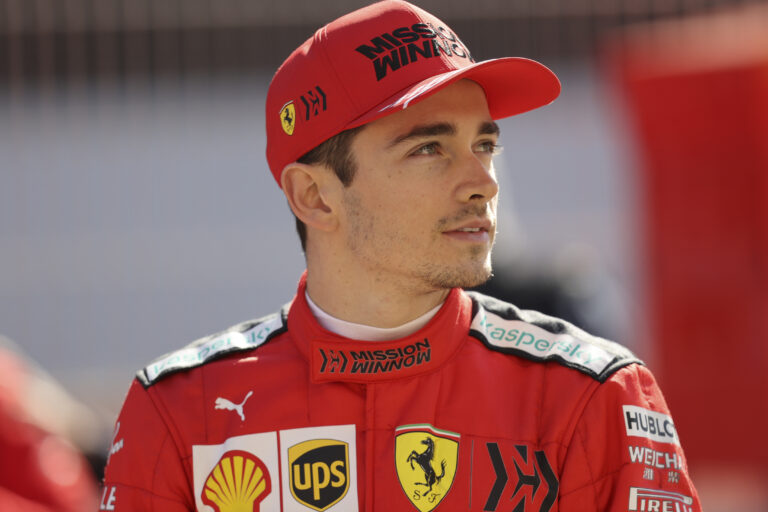Legends of Formula 1: Jack Brabham
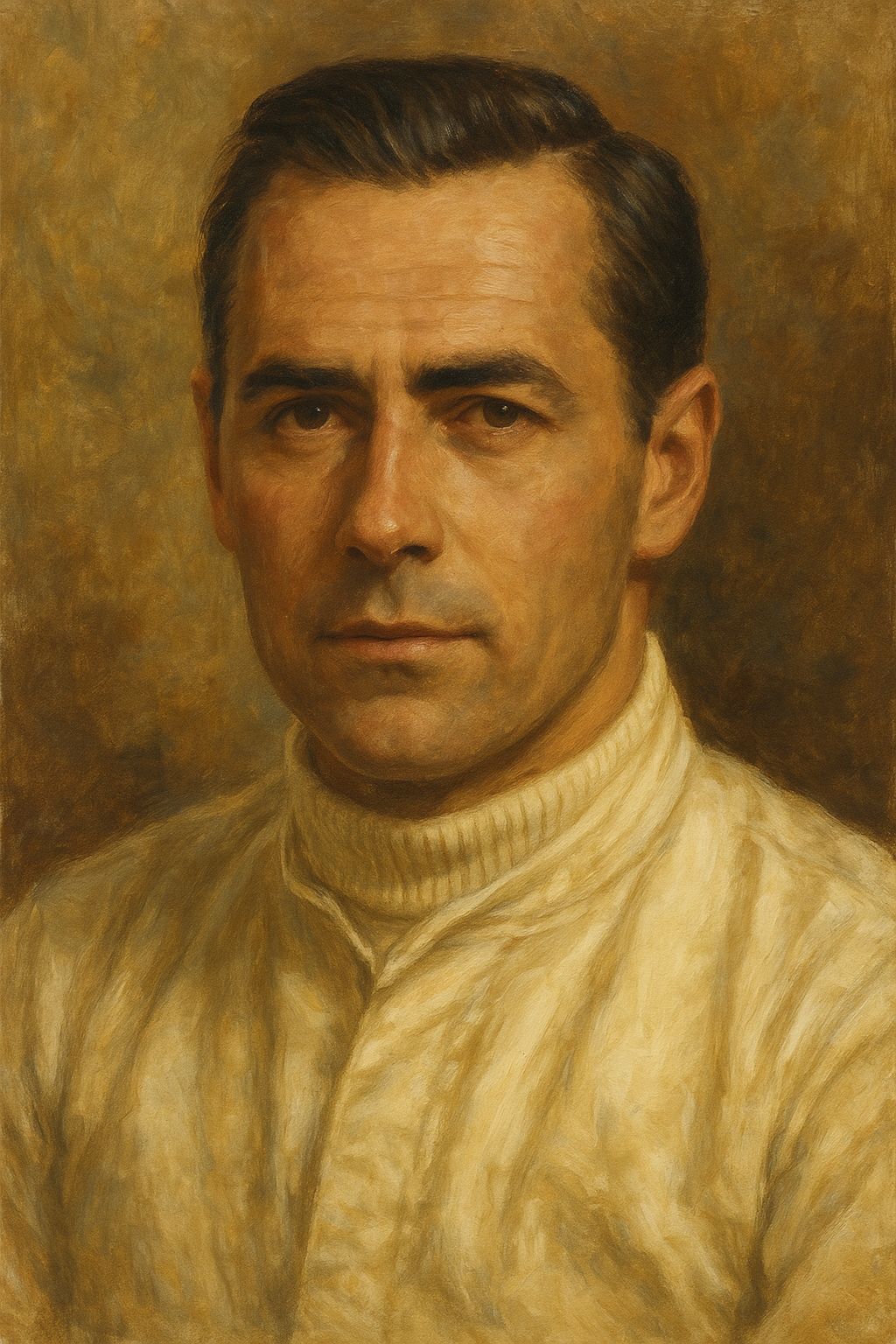
Few names in Formula 1 history carry as much weight as Sir Jack Brabham’s. A pioneer, engineer, and three-time World Champion, Brabham stands alone as the only driver to win the Formula 1 World Championship in a car of his own construction. His combination of mechanical ingenuity and fearless driving made him one of the sport’s most influential figures. Nicknamed “Black Jack” for his steely demeanor and tenacity, Brabham’s legacy helped shape Formula 1 into the technologically advanced sport it is today.
For Tickets and Package Deals Please Click Here
Jack Brabham’s Origins and Early Career
Born on this day in 1926: Three-time #F1 world champion Jack Brabham 🇦🇺
— Formula 1 (@F1) April 2, 2017
Remembering 'Black Jack' >> https://t.co/lDZKkO5pqm pic.twitter.com/OfmnlJs8Fj
John Arthur “Jack” Brabham was born on April 2, 1926, in Hurstville, New South Wales, Australia. Growing up during the Great Depression, Brabham developed a passion for machinery early in life. He studied engineering and worked on aircraft engines during World War II, skills that would later become crucial to his success in racing.
After the war, Brabham began competing in midget car racing on dirt ovals—an environment that demanded both precision and toughness. His fearless style and engineering know-how soon made him a standout in Australia’s motorsport scene. By 1955, Brabham made the leap to Europe, where his self-built cars and methodical approach to racing began turning heads in Formula 2 and Formula 1 circles.
Formula 1 Career
Brabham: 🇦🇺 founders Jack Brabham & Ron Tauranac (📷)
— Formula 1 (@F1) June 28, 2016
39 poles
124 podiums
35 wins
2 world titles#F1FastFact #F1 pic.twitter.com/xT2Z1kQMLO
1955–1958: Early Years and Ascendancy with Cooper
Brabham’s Formula 1 career began in earnest with the Cooper Car Company. Unlike many of his rivals, Brabham brought with him a deep technical understanding of car mechanics, which he applied to improving his machinery. His early results were modest, but his consistency and technical input made him indispensable to Cooper’s evolution.
1959–1960: Back-to-Back Championships
Everything came together in 1959. Driving the revolutionary rear-engined Cooper-Climax, Brabham dominated the season, claiming victories in Monaco, the Netherlands, and Britain to secure his first World Championship. It marked a turning point in Formula 1—the end of the front-engined era.
He followed it up in 1960 with another title, this time with even greater dominance. The Cooper was reliable, balanced, and years ahead of its rivals, while Brabham’s calm precision behind the wheel ensured consistent results. With back-to-back championships, “Black Jack” had firmly established himself as one of the sport’s elite.
1961–1965: Building His Own Team
Never one to rest on his achievements, Brabham left Cooper to form his own team, Motor Racing Developments, alongside engineer Ron Tauranac. The Brabham Racing Organisation—later known simply as Brabham—was founded in 1962. Initially, the team took time to find its footing, as Brabham balanced his dual roles of driver and constructor.
His engineering experience set him apart. Brabham was deeply involved in the design, development, and testing of his cars, often working late into the night with his crew. The early 1960s were years of groundwork, but they would soon pay off spectacularly.
1966: The Driver-Constructor World Champion
In 1966, Jack Brabham made motorsport history. Driving the Brabham BT19 powered by the Australian-developed Repco engine, he won four consecutive races and clinched his third World Championship. What made this feat extraordinary was that he had done it in a car bearing his own name—a record that stands unmatched.
It was the ultimate expression of self-reliance: Brabham designed, built, and drove the car to victory, proving that innovation and intellect could triumph over budget and might. His achievement not only secured his place among the greatest drivers but also redefined what was possible in Formula 1.
1967–1970: The Final Seasons
Though he could not repeat his 1966 success, Brabham remained competitive throughout the late 1960s. His teammate Denny Hulme won the 1967 title driving a Brabham, giving the team back-to-back championships. Brabham himself continued to score podiums and wins before retiring in 1970 after the British Grand Prix at the age of 44.
In total, he won 14 Grands Prix and stood on 31 podiums across a career that spanned over 15 years—a remarkable run for an era when Formula 1 was as dangerous as it was demanding.
Beyond Formula 1
After retiring from driving, Brabham focused on his engineering ventures and remained active in the racing community. His team continued competing in Formula 1, producing future champions like Nelson Piquet and Niki Lauda. Even off the track, Brabham’s influence was immense; his emphasis on driver feedback and mechanical innovation became a model for future constructors.
He returned to Australia, where he promoted motorsport development and mentored young drivers, including his sons Geoff, Gary, and David—all of whom pursued professional racing careers. David Brabham, in particular, carried the family name back to Le Mans victory in 2009, a fitting tribute to his father’s legacy.
Brabham was knighted in 1979 for his services to motorsport, becoming Sir Jack Brabham—the first Formula 1 driver to receive the honor.
Career Statistics
Formula 1 Career Span: 1955–1970
Teams: Cooper, Brabham
Grand Prix Starts: 126
Wins: 14
Podiums: 31
Pole Positions: 13
Fastest Laps: 12
Career Points: 261
World Championships: 3 (1959, 1960, 1966)
First Win: 1959 Monaco Grand Prix (Cooper)
Last Win: 1970 South African Grand Prix (Brabham)
Last Race: 1970 British Grand Prix
Legacy and Influence
Jack Brabham was more than just a driver—he was an architect of modern Formula 1. His dual mastery as a competitor and constructor remains one of motorsport’s most remarkable achievements. The “Brabham Way,” a combination of practicality, engineering excellence, and relentless work ethic, became a blueprint for future teams.
His impact extended beyond the racetrack. Brabham’s partnership with Ron Tauranac helped create one of the most successful and respected private teams in F1 history. His ability to merge the mechanical with the human side of racing was unparalleled. Every driver who has since contributed to the design of his own car owes something to Jack Brabham’s pioneering spirit.
Sir Jack Brabham passed away in 2014 at the age of 88, leaving behind not just records, but a philosophy: that innovation, dedication, and courage can overcome any odds.
Born on this day in 1926: Three-time #F1 world champion Jack Brabham 🇦🇺
— Formula 1 (@F1) April 2, 2017
Remembering 'Black Jack' >> https://t.co/lDZKkO5pqm pic.twitter.com/OfmnlJs8Fj
If you want tickets and package deals, please click here.
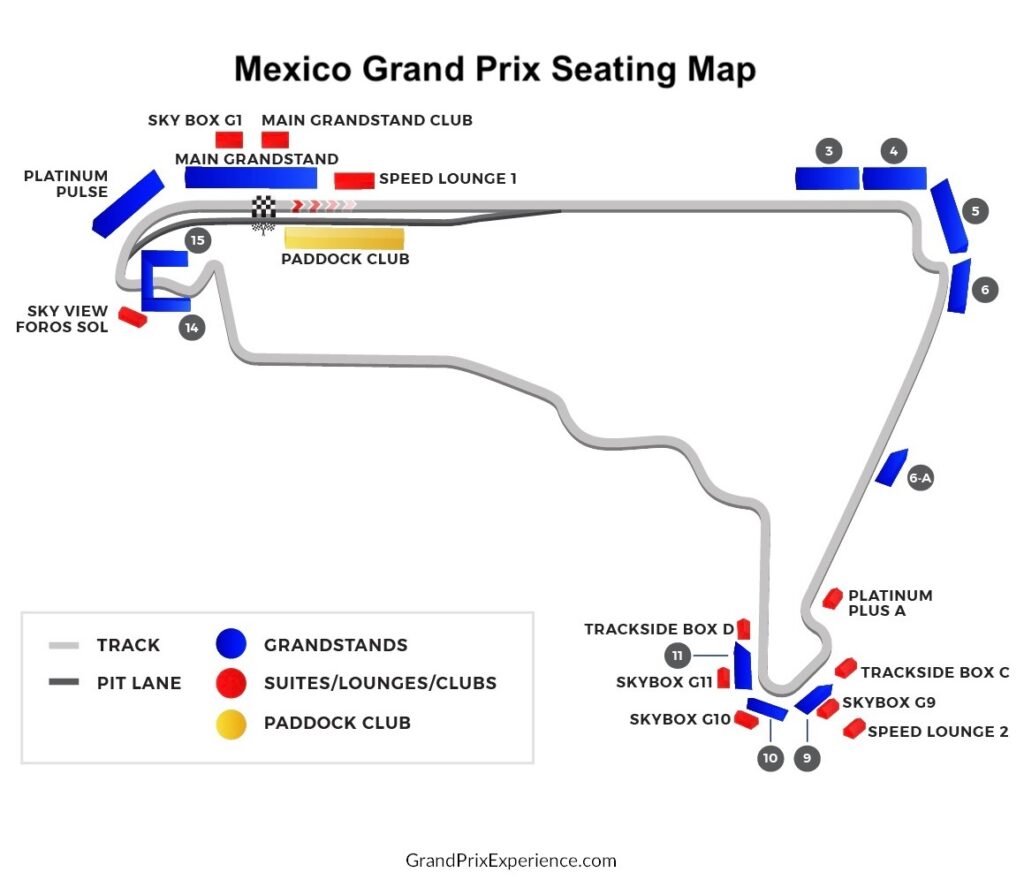
Sources:




